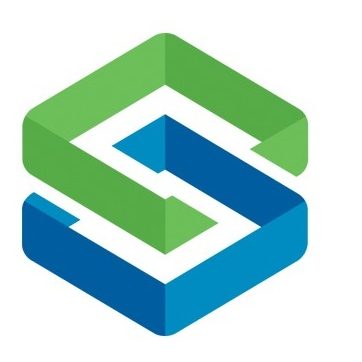1 min read
Skybox Security Introduces Suite 10; Designed to Simplify Security Management

December 27, 2024
Copyright 2023, IT Voice Media Pvt. Ltd.
All Rights Reserved

 Skybox® Security, a global leader in cyber risk management, has announced the launch of Skybox® Security Suite 10. This latest product version further strengthens Skybox capabilities to simplify enterprise security management processes that oversee mass-scale, hybrid networks.
Skybox® Security, a global leader in cyber risk management, has announced the launch of Skybox® Security Suite 10. This latest product version further strengthens Skybox capabilities to simplify enterprise security management processes that oversee mass-scale, hybrid networks. “The CISO’s biggest challenge is complexity,” said Gidi Cohen, Founder and CEO, Skybox Security. “It has become impossible for security teams to understand — let alone manage — security effectively in today’s multi-cloud, hybrid environments. The development behind Skybox 10 was done with the aim of making it easier to manage security policies in clouds, monitor risks to industrial control systems, and find important assets at risk. We want to help CISOs maximize the value of their teams and their technology to secure and support the business.” added Cohen.
“The CISO’s biggest challenge is complexity,” said Gidi Cohen, Founder and CEO, Skybox Security. “It has become impossible for security teams to understand — let alone manage — security effectively in today’s multi-cloud, hybrid environments. The development behind Skybox 10 was done with the aim of making it easier to manage security policies in clouds, monitor risks to industrial control systems, and find important assets at risk. We want to help CISOs maximize the value of their teams and their technology to secure and support the business.” added Cohen.